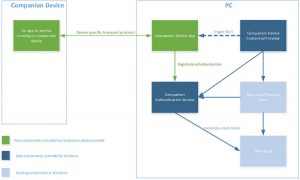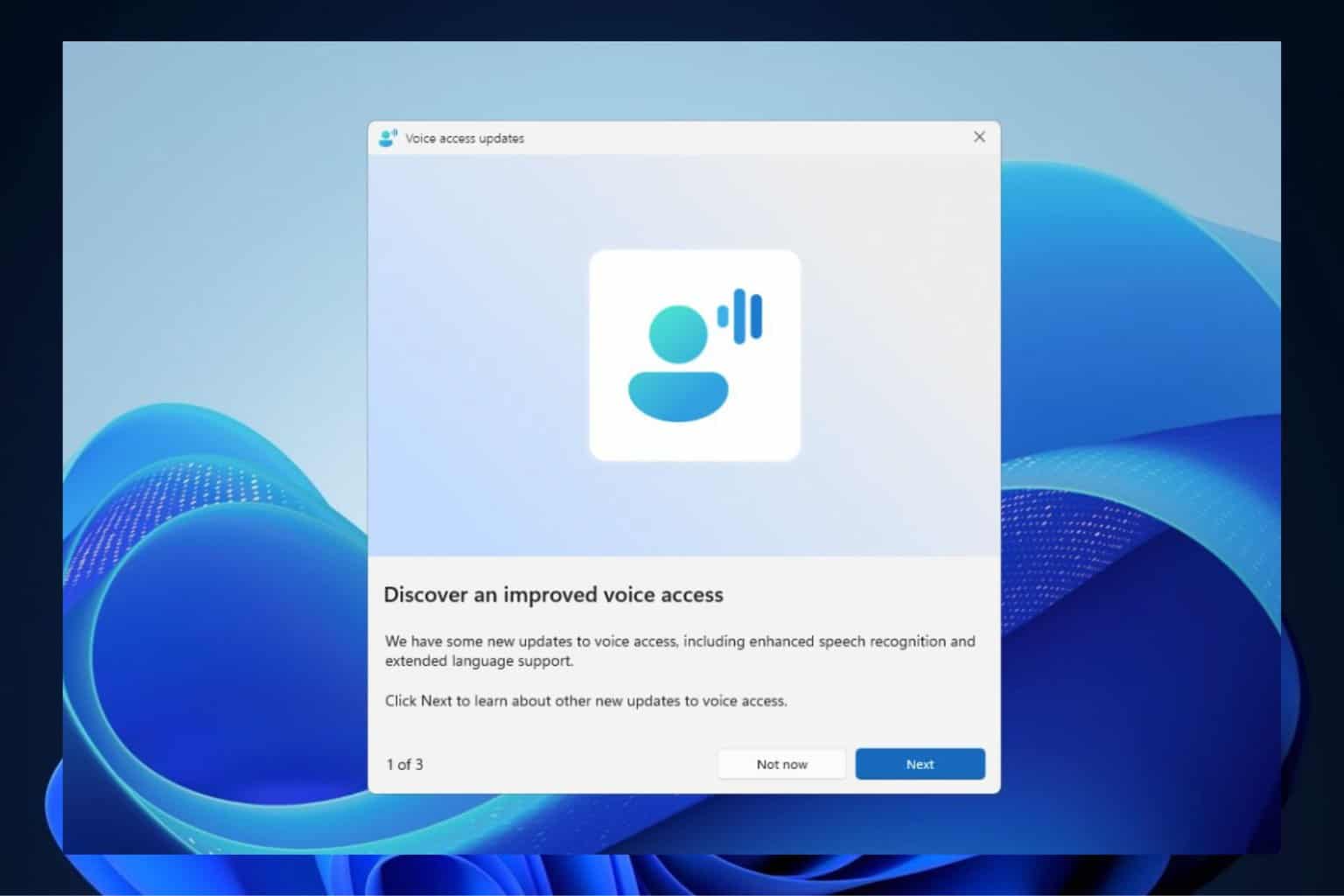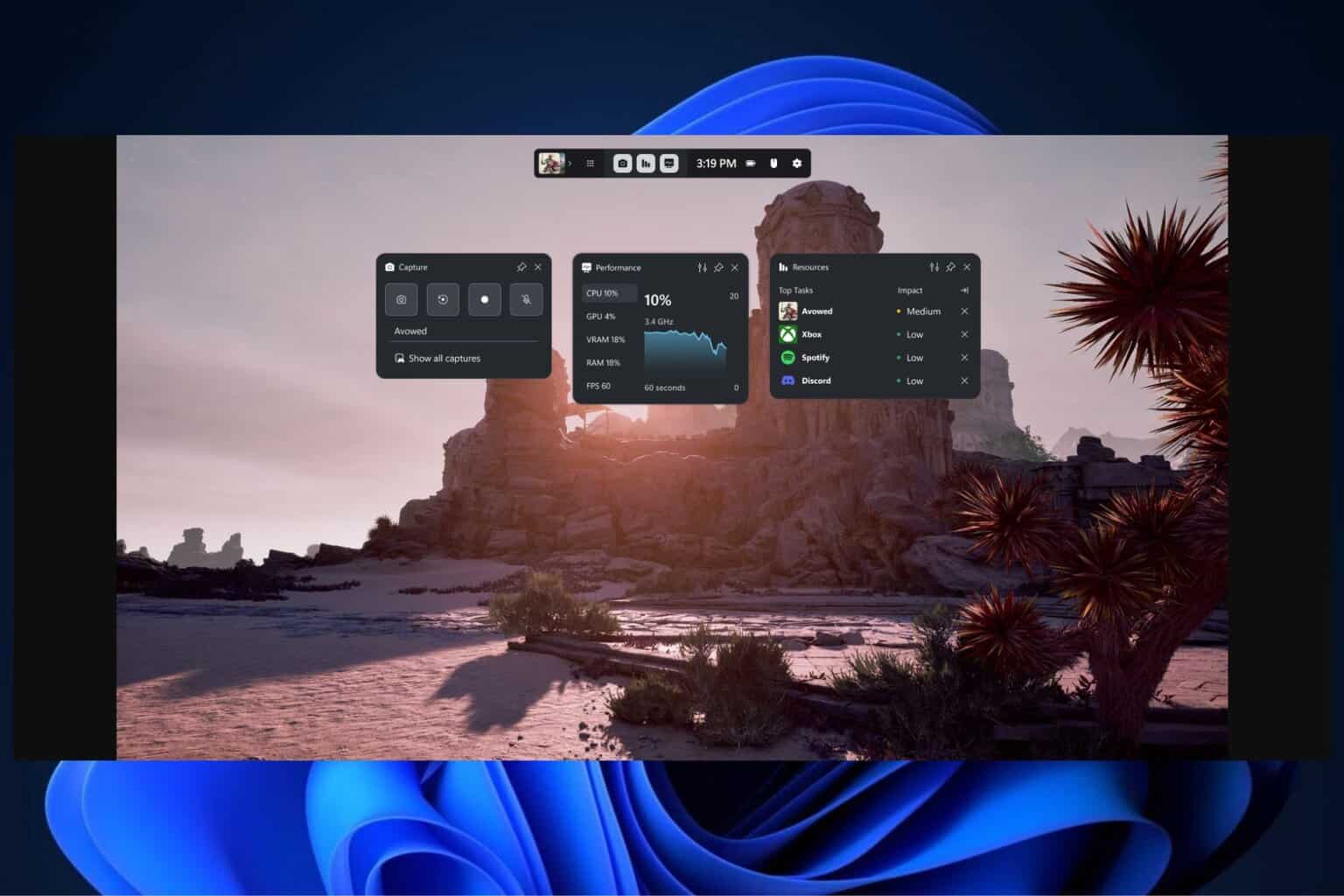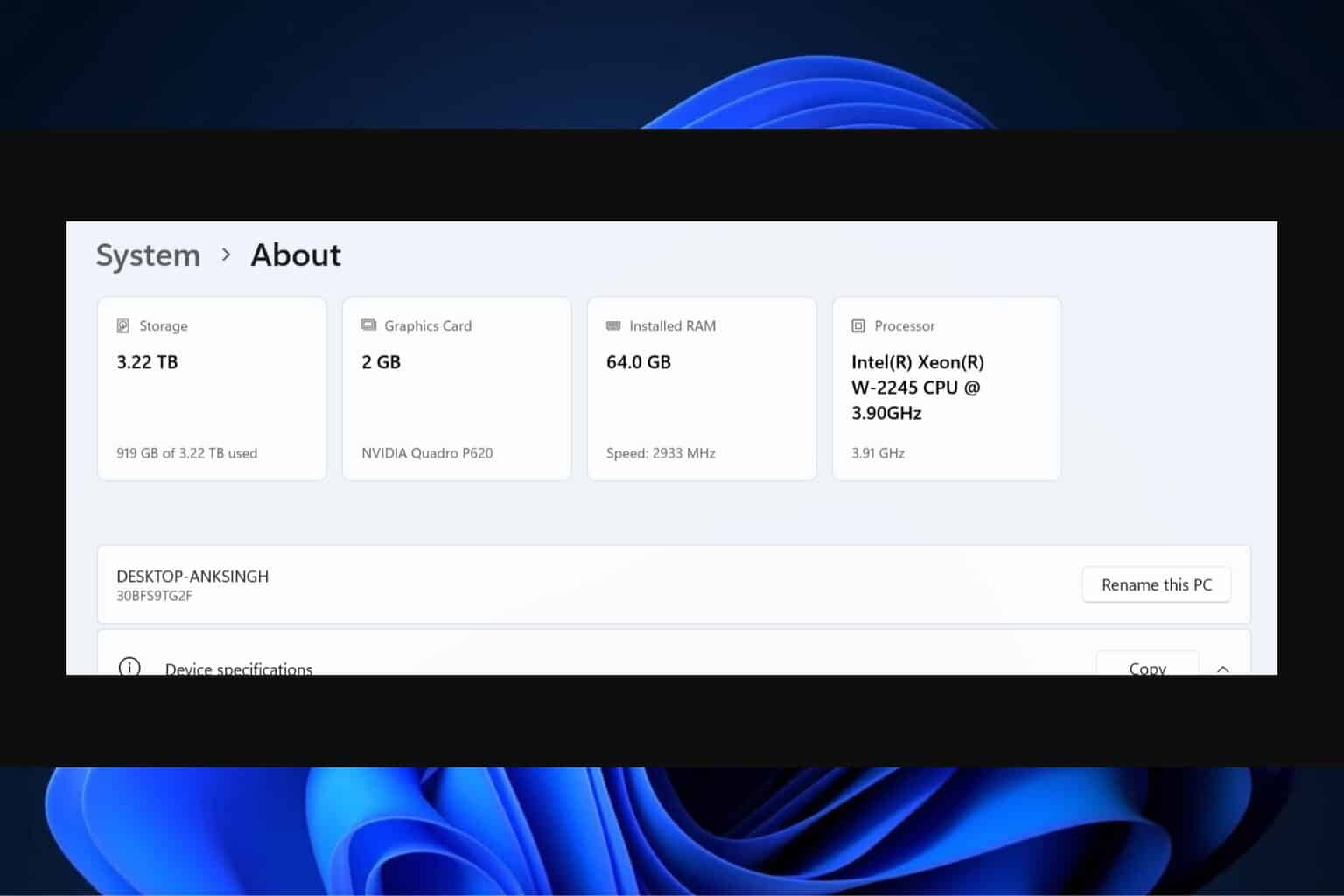iPhone users can now login to Windows 10 PCs
3 min. read
Published on
Read our disclosure page to find out how can you help Windows Report sustain the editorial team. Read more

Before today, it was highly unlikely for users to think of iPhones and Windows 10 PCs united in a single platform. But recently, Microsoft announced its pairing with Apple’s iPhones in their roadmap for Windows 10 and Mobile through the latest feature to their platform which allows users to log in to their Windows 10 PCs by using their companion device’s fingerprint, face, iris or pattern detection. Aside from Windows 10 devices, the feature is also expected to be introduced on devices and machines supporting Windows Hello.
There is a fully dedicated tool for logging into Windows 10 machines that kills the need for password authentication and is apparently the same approach Microsoft wanted to target. Microsoft further elaborated at their Ignite conference that users can use RSA SecurID authentication tools on their very own devices to unlock and gain access to their Windows 10 PCs. The RSA uses a gesture authentication method to provide access to a Windows 10 PC.
“There are other solutions coming for iPhone, too,” said Anoosh Saboori, senior program manager lead for OS security at Microsoft.
Microsoft is currently exploring the Companion Device Framework (CDF) in detail to configure and enable the feature. The detailed aspects of the tool, including the model of the framework, drawbacks, and limitations, are all listed in the article published by Microsoft titled ‘Windows Unlock and companion devices’.
Microsoft thinks this feature will provide hassle free and secure ways to users for utilizing online services without having to store and manage passwords on specific devices.
Conveniently, hardware devices not sporting its very own fingerprint reader or biometric camera can interact with Windows Hello and Passport security services courtesy of the Companion Device Framework. We can think of a couple of reasons as to why this approach won’t work, though: Some old devices do not have built-in hardware authentication features and consumers may want to add this feature later in their device.
Microsoft also detailed some other usage scenarios;
-
Attach their companion device to PC via USB, touch the button on the companion device, and automatically unlock their PC.
-
Carry a phone in their pocket that is already paired with PC over Bluetooth. Upon hitting the spacebar on their PC, their phone receives a notification. Approve it and the PC simply unlocks.
-
Tap their companion device to an NFC reader to quickly unlock their PC.
-
Wear a fitness band that has already authenticated the wearer. Upon approaching PC, and by performing a special gesture (like clapping), the PC unlocks.
The first point sounds a whole lot like a YubiKey, a dual pass authentication feature. The second point is something Windows users would be getting this year with the Redstone update, while the fourth is aimed at Microsoft Band users who should be expecting another password-free alternative to gain access to their machine sans a password.
We certainly can’t expect all apps to be supported by the latest CMD features as developers will need to be “specifically provisioned by Microsoft and list the restricted secondaryAuthenticatorFactor capability in its manifest” — which essentially points towards security verification and login authentication .
Intriguingly, Samsung already introduced companion locking in its new Galaxy TabPro S that unlocks Windows 10 via fingerprint authentication, and on the Galaxy S7 and S7 Edge with an app called Samsung Flow.
Apart from iPhones, Microsft’s very own Windows phones can also be used to log into PCs and websites, but as we all know, the production of Windows mobile devices has been going down the hill lately.









User forum
0 messages